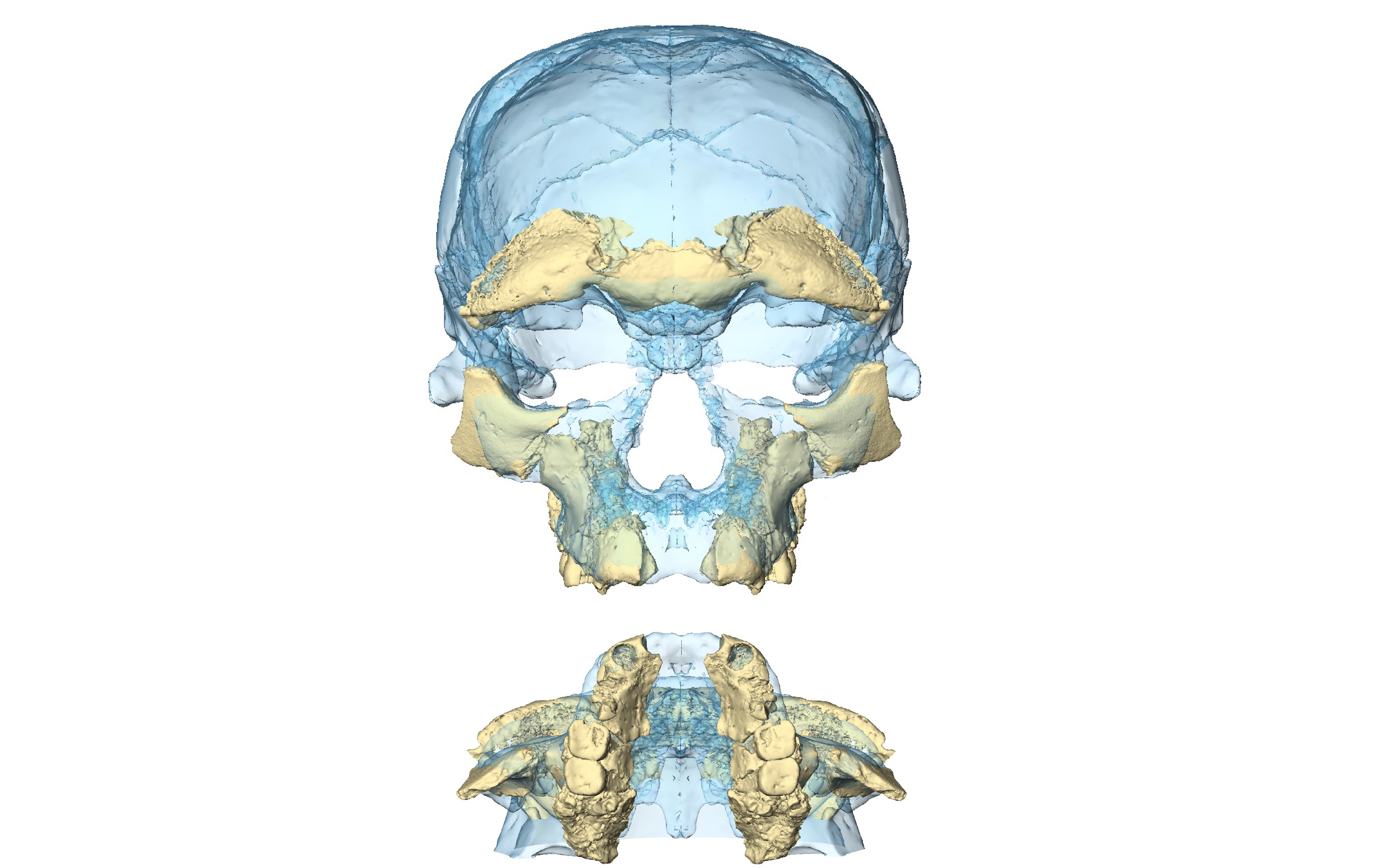News release
From:
Australian Science Media Centre
Date: Wed 7th June 2017
Start Time: 10:30am AEST
Duration: Approx 45 min
Venue: Online
JOINING ONLINE:
Journalists can follow the briefing online via audio and video streaming. Each presenter will speak for 5-7 minutes followed by questions. Journalists will have the opportunity to ask questions online.
1. Go to the briefing web portal by clicking here 5 minutes before the start time or anytime during the briefing.
2. Enter your name and email address
3. Click "Join".
If you are having difficulties logging in, we suggest you try pasting the link into a different browser.
(System requirements: You will need a broadband connection and speakers/headphones to hear the event. Allow 1-2 mins for your computer to be configured correctly, install ActiveX, if asked)
PHONE ONLY ACCESS:
1. For phone only access please call: 02 8518 1927.
2. Enter access code 572 831 387#.
Radio stations can also record the briefing over a phone line. If you would like to make sure that you can connect, please contact us to arrange a quick test before the day.
If you have any problems joining the briefing online, phone Webex on 1800 493 239 quoting event number 572 831 387.
Audio files will be posted here as soon as possible after the event.
For further information, please contact the AusSMC on 08 7120 8666 or email info@smc.org.au.
Attachments
Note: Not all attachments are visible to the general public.
Research URLs will go live after the embargo ends.

Video
Springer Nature, Web page
Composite reconstruction of the earliest known Homo sapiens fossils from Jebel Irhoud (Morocco) based on micro computed tomographic scans of multiple original fossils. Dated to 300 thousand years ago these early Homo sapiens already have a modern-looking face that falls within the variation of humans living today. However, the archaic-looking virtual imprint of the braincase (blue) indicates that brain shape, and possibly brain function, evolved within the Homo sapiens lineage. Credit: Philipp Gunz, MPI EVA Leipzig

Video
Springer Nature, Web page
Virtual palaeoanthropology is able to correct distortions and fragmentations of fossil specimens. This reconstruction of the Irhoud 11 mandible allows its comparison with archaic hominins, such as Neandertals, as well as with early forms of anatomically modern Humans. Credit: Jean-Jacques Hublin, MPI-EVA Leipzig

Research
Springer Nature, Web page
Paper 1: the URL will go live after the embargo ends.

Research
Springer Nature, Web page
Paper 2 (with Australian authors): the URL will go live after the embargo ends.

Video
Australian Science Media Centre, Web page
Recording of AusSMC online media briefing
Journal/
conference:
Nature
Organisation/s:
Griffith University, Southern Cross University, Max Planck Institute for Evolutionary Anthropology, Germany
Funder:



 Australia; NSW; QLD
Australia; NSW; QLD



